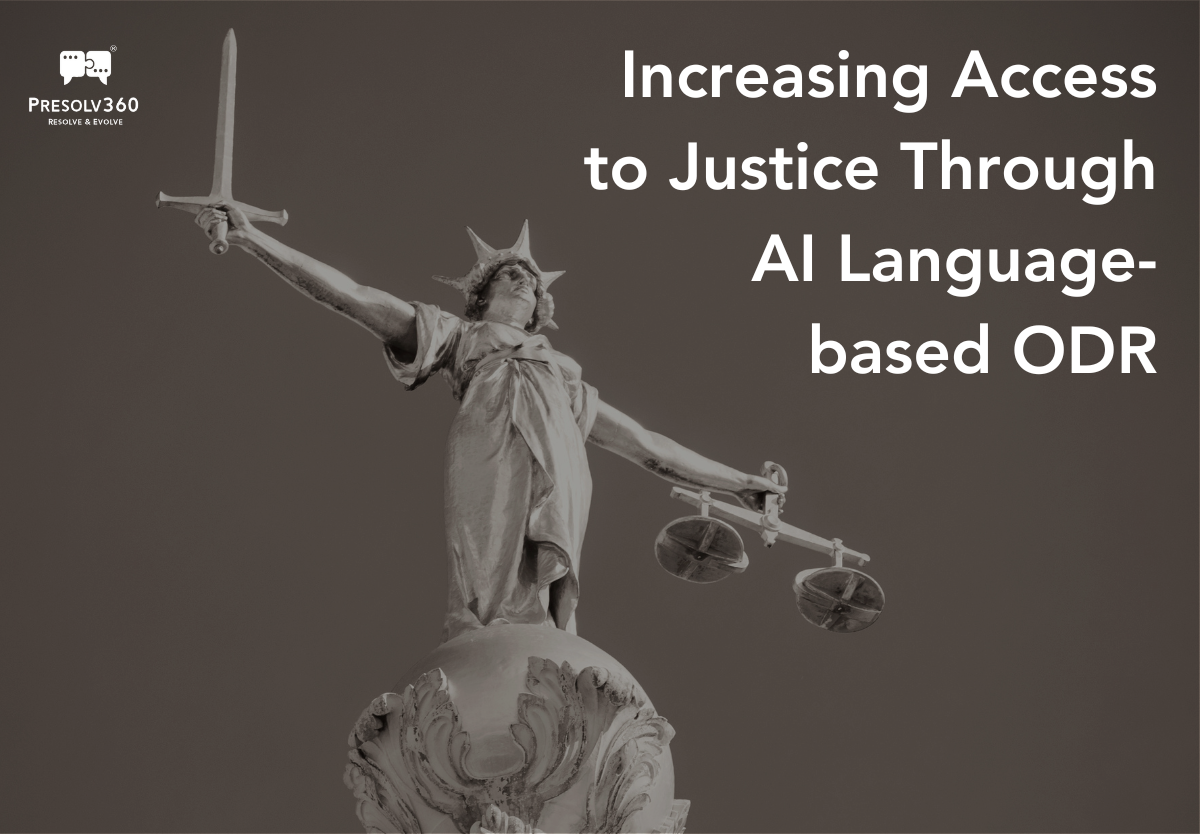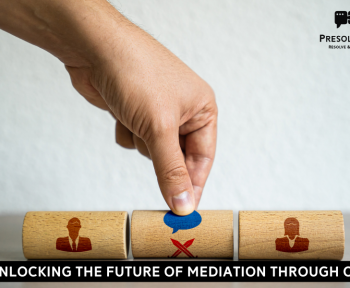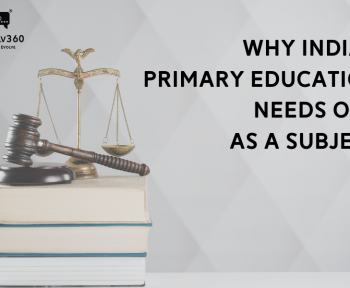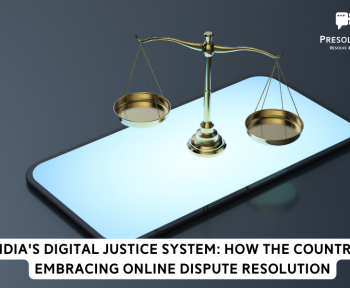

The legal repercussion of mistranslation is a story as old as time. In the year 1851, the Sultanate of Sulu in the Philippines and Spain signed a peace treaty. According to the Spaniards, the agreement meant that the Sultanate accepted Spain’s sovereignty. The Sultanate presumed it to be a peace treaty. In 1878, the Sultanate repeated the same mistake, this time with a British commercial syndicate. While the Sultanate agreed to a rental, the British version in English stated that it was a sale.
In legal translation, mistakes cost lives. In 2012, Canadian Superior Court Justice Anthony Hill declared a mistrial in a sexual assault case. The case involved a Hindi-speaking Indian citizen working in Canada at the time. And the reason? Inaccurate legal translation. The court’s interpreter mistranslated phrases from the victim’s testimony. Errors included mistranslating “sexual assault” as “physical assault”, “genital area” as “between the legs”, etc. Unfortunately, the sad reality is that cases like these are more commonplace than one would think. Many translation mistakes go unnoticed, which means they have a significant impact on the final verdict.
Even in contracts, an interpretation mistake can result in huge monetary losses. It can also potentially result in the violation of contract terms, leading to lawsuits that hinder business growth. For example, at the highest level, translation errors have cost entire countries. South Korea failed to secure an FTA deal with the EU in 2011. On review, there were no less than 207 translation errors in the country’s second attempt to draft the bill. Worse, South Korea followed up by making the same mistake with the US a month later. Legal translation errors cost the country FTA deals with the world’s two largest economies in the space of a month.
Therefore, the importance of legal translation is of paramount importance, especially in India. It is one of the most linguistically diverse countries in the world, with 22 scheduled languages and 120+ spoken languages.

In India, the division of the number of people speaking the same language is usually a function of geographical parameters.[1] The country’s richness of languages means that people are linguistically diverse, even within the same state. Researchers conducted a study to see how many people speak languages in a state from among the 22 scheduled languages. It found that all states have multiple languages adopted by their population.[2]
Amongst all the states, nine speak more than six languages and up to nine languages. The most linguistically diverse cities were Delhi and Mumbai, with a language richness of eight because of being urban centres. Expanding the research focus to include all 121 major languages would give many districts in Northeastern states higher language richness.
How diversity in languages hampers access to justice
These numbers are indicative of the language diversity in India and the language richness even at the district level. With so many spoken languages, it is impossible to identify one common language for all the residents of the country.

We must keep in mind that Article 348(1) is from the old days. Then, technological developments in the area of language and language translation were non-existent. We will discuss the technological developments in this context in the latter part of the article.
Laws, such as the one under Article 348(1), have major implications for the judicial system of India. The language banner can prevent the common man from comprehending the procedure and his rights. Getting access to justice can be even more difficult. Hence, to cultivate the confidence of the common man, the legal system should eliminate language difficulties. The process of entering courts needs to be less burdensome and daunting for a layman. We firmly believe in the client’s right to information about the case’s proceedings and current status, just like the advocate. This can help them make more informed decisions concerning their disputes.
Chief Justice of India N.V. Ramana also raised the concern regarding Article 348(1).

The CJI noted, “From time to time, there have been demands from various regions to allow the usage of [the] local language in the proceedings before the high courts.”[3] The idea of recommending the use of regional languages in High Courts has been pursued by several state governments and even the President of India.[4]
In view of the above, we suggest using innovation in science and technology and advancements such as Artificial Intelligence (“AI”)[5] technology in the translation of judicial documents, legal research assistance, and process automation. Translation of legal texts, judgements, and court proceedings to local and regional languages will help resolve the language-based disparity.
Government Initiatives
The Government of India has already taken some steps to overcome this issue. One of the steps taken to bridge the gap created by the language barrier is the introduction of the Bhashini project, which is an AI-based language translation platform that aims to provide all Indians with easy access to the Internet and increase the digital content in local Indian languages.

The e-Courts Project has been another initiative by the Government of India to tackle the issues of language disparity in India. This project has multiple objectives, one of which is to enhance judicial productivity, both qualitatively and quantitatively, to make the justice delivery system affordable, accessible, cost-effective, predictable, reliable, and transparent. To achieve the objective of making justice more accessible, the government sought to make websites accessible in the local languages of the litigants, lawyers, and other stakeholders in a dispute.
In 2019, through a press release, the Supreme Court also proposed an open-source judicial domain language translation tool named SUVAS[6] (Supreme Court Vidhik Anuvaad Software) for translating judicial documents.

Incorporation of Technology in ODR
With the use of such initiatives, not only can the formal court-oriented legal system of the country dispense justice easier, but we can also utilise its potential in Online Dispute Resolution (commonly known as “ODR”).
ODR is based on Information and Communication Technology, which makes dispute resolution seamless in such a way that it eliminates the need to meet physically. The use of natural language translation, i.e., the automated computation and processing of human languages and gestures including their expressions, texts, documents, commentaries, and digests, made by using their creative thinking skills, is natural incorporation in it.[7]
Besides this, in ODR, translation can convert scanned handwritten documents, letters, or notices into printed documents in one’s language of choice. But how would this actually work in action? Let’s jump into an example:
A man from Hyderabad – “A” – is the initiating party in a dispute undergoing Mediation. “B” is an individual from Himachal Pradesh who is the respondent. “M”, a native of Sikkim is the mediator because she is an expert in solving such kinds of disputes. All three of them are most comfortable in their local languages and hence for an effective mediation session, they require to speak their heart out, in their local language.
In such a scenario, the following are useful:
- Translators: Numerous audio translators turn audio into text. They can also translate such text into the language of the respective party and show it on the parties’ screen. This translation would allow the parties to instantly read and understand what the other party is speaking. Further, such text can again be converted into audio and this audio can also be relayed back to the receiving party. The party now gets the benefit of reading and hearing what’s being spoken in their language.
- Smart Glasses: All the parties can wear smart glasses capable of using Augmented Reality. One such glass is the recently launched XRAI Glass suite of products which uses Augmented Technology to transform audio into captions that appear in front of the wearer’s eyes. These “first-of-its-kind” smart glasses are connected to a phone and are designed to enable the deaf community to participate in regular communication. Although designed for the deaf community, the use case certainly lies even in ODR. This event highlights the potential of ODR in forming a much more inclusive society.
- Smart Earbuds – These Earbuds use Google Assistant to translate a foreign language supported by Google Translate right to the earbuds. Asking the Assistant to help you speak a foreign language and then having the handset listen to the sentences will get the Assistant to translate what has been said almost on a real-time basis to and from the user. The live translation feature is accurate enough to hold a conversation and get pertinent information, and this feature can certainly be used in ODR to address the issue of language diversity.

Combining the aforementioned points would in essence help make ODR as convenient as possible. In order to accomplish this objective, we need to make the whole process seamless, more efficient, and with much more advantages than physical communication.
It’s not perfect
The only drawback of such a system would be the gap that comes between machine translation and human speech. It will require an intelligent interface system to understand human speech, separate the accent, colloquial words, and jargon, and understand the essence of the spoken words while translating. Issues may also arise while translating technical and legal jargon, as a layman may not be familiar with them.
While this is a challenge in translation, it is not impossible to develop an Intelligent Interface System which would bridge the significant communication gap between human users and other AI systems — for example, by enabling the use of natural language as inputs and outputs of the system.[8] The issue of translation of colloquial words can be resolved by introducing a machine learning platform which can be programmed to understand and translate the colloquial words of legal texts into easily understandable speech in the regional language of the disputing parties. This AI-based translator will not only be inexpensive to utilize but also easily accessible due to remote access provisions and a reliable system for the parties involved. These incorporations will fulfil the objective of making the law accessible and understandable for the layman via AI-powered ODR.
[1] Dey, A. Linguistic diversity of India, Cartoskill. Available at: https://www.cartoskill.com/interactive/linguistic-diversity-of-India/ (Accessed: December 3, 2022).
[2] Ibid.
[3] Sustaining public faith, overcoming language barrier among judiciary’s challenges: CJI (2022) The Indian Express. Available at: https://indianexpress.com/article/india/sustaining-public-faith-overcoming-language-barrier-judiciary-challenges-cji-7883864/ (Accessed: December 13, 2022).
[4] Mathur, P.S. and S. (2017) Breaking the legal language barrier, The Pioneer. Available at: https://www.dailypioneer.com/2017/columnists/breaking-the-legal-language-barrier.html (Accessed: December 13, 2022).
[5] supra 3
[6] https://main.sci.gov.in/pdf/Press/press%20release%20for%20law%20day%20celebratoin.pdf
[7] Centre, V.I.A.M. (no date) Latest news, Artificial intelligence and arbitration | VIA Mediation Centre. Available at: https://viamediationcentre.org/readnews/NTEy/Artificial-intelligence-and-arbitration (Accessed: December 13, 2022).
[8] Carneiro et al. ‘Online dispute resolution: An artificial intelligence perspective’ (2014) 41 Artificial Intelligence Review 222.




